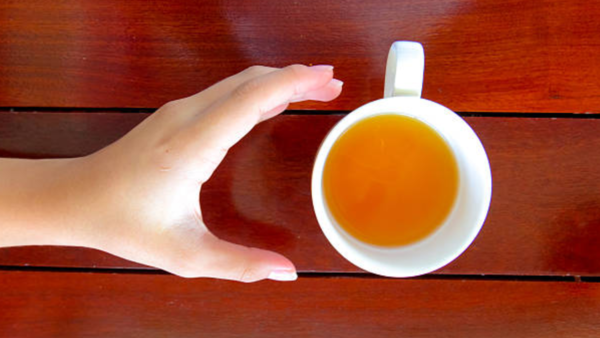Brahmi tea for kids: How it can help sharpen memory

Traditionally, Brahmi is used to treat conditions such as the anxious disorder, cognitive decline, and loss of memory. The active substances contained in it, such as bacosides, stimulate neural functions, reduce oxidative stress, and help regenerate brain cells in the process-most likely the reason for its celebrated memory-enhancing properties.
Brahmi is considered safe for both adults and children when consumed in moderation. However, as with any herb or supplement, it’s essential to consult with a pediatrician or healthcare provider before introducing it into your child’s diet, especially if they have any pre-existing health conditions or are taking medications.
Some children may experience mild side effects such as stomach discomfort or nausea when consuming Brahmi. Starting with small amounts and observing how the child’s body reacts is a good way to prevent any adverse reactions. If the child shows no signs of discomfort, the dose can gradually be increased to match recommended levels.
How does Brahmi enhance memory?
Brahmi works in multiple ways to support cognitive functioning. The herb is said to raise the production of certain neurotransmitters, acetylcholine, which is very important to memory and learning. As an antioxidant, Brahmi helps protect brain cells from oxidative stress due to free radicals. Compounds found in Brahmi may stimulate the growth of new neurons, thereby ensuring improved memory formation and recall in children.
Regular intake of Brahmi, in moderation, improves memory, concentration, and even the learning capacity, according to studies. For kids, especially during their school years, brahmi can be a game changer.
Here are some of the potential benefits of introducing Brahmi tea into your child’s diet:
The most acknowledged benefit of Brahmi lies in improving memory retention. Children, mostly students, need this since they have new concepts and skills to learn each day. Regular consumption of Brahmi tea may help improve their ability to retain and recollect information during exams or class-related activities.
Many children do not pay attention when studying. Brahmi improves attentional persistence and concentration ability, meaning children can stick to their studies for longer durations.
School can be stressful, and even kids get anxiety over school pressures or social issues. Brahmi is also known for its soothing properties. It may help control the stress and anxiety levels, and provide comfort to children who may need to be soothed.
Due to the stimulation of the growth of new neurons and increased blood flow to the brain, Brahmi tea improves general brain functions. Improved problem-solving abilities, quicker decision-making, and improved cognitive flexibility can be outcomes in children’s cognitive skills.

Making Brahmi tea is simple and requires only a few ingredients. Here’s a basic recipe:
Ingredients:
- 1 teaspoon of dried Brahmi leaves or Brahmi powder
- 1 cup of water
- Honey or jaggery (optional) for sweetness
Boil the water and then add the dried Brahmi leaves or powder.
Allow the tea to steep for 5–10 minutes, depending on the strength you prefer.
Strain the tea into a cup, and add honey or jaggery for sweetness if desired.
Let it cool to a safe temperature before serving it to your child.
You can serve this tea once a day or as recommended by your healthcare provider.
Since the taste of Brahmi tea can be slightly bitter, some children may not immediately take to it. However, there are several ways to make it more appealing. Adding a natural sweetener like honey or jaggery can improve the taste, making it more enjoyable for kids. Combine Brahmi with kid-friendly herbs like mint or chamomile to enhance the flavor while still providing the cognitive benefits. Some kids might prefer a cool tea over a hot one. Allow the tea to cool down and serve it as a refreshing iced tea on warmer days.
How to feel better instantly? (5 simple and effective tips)








